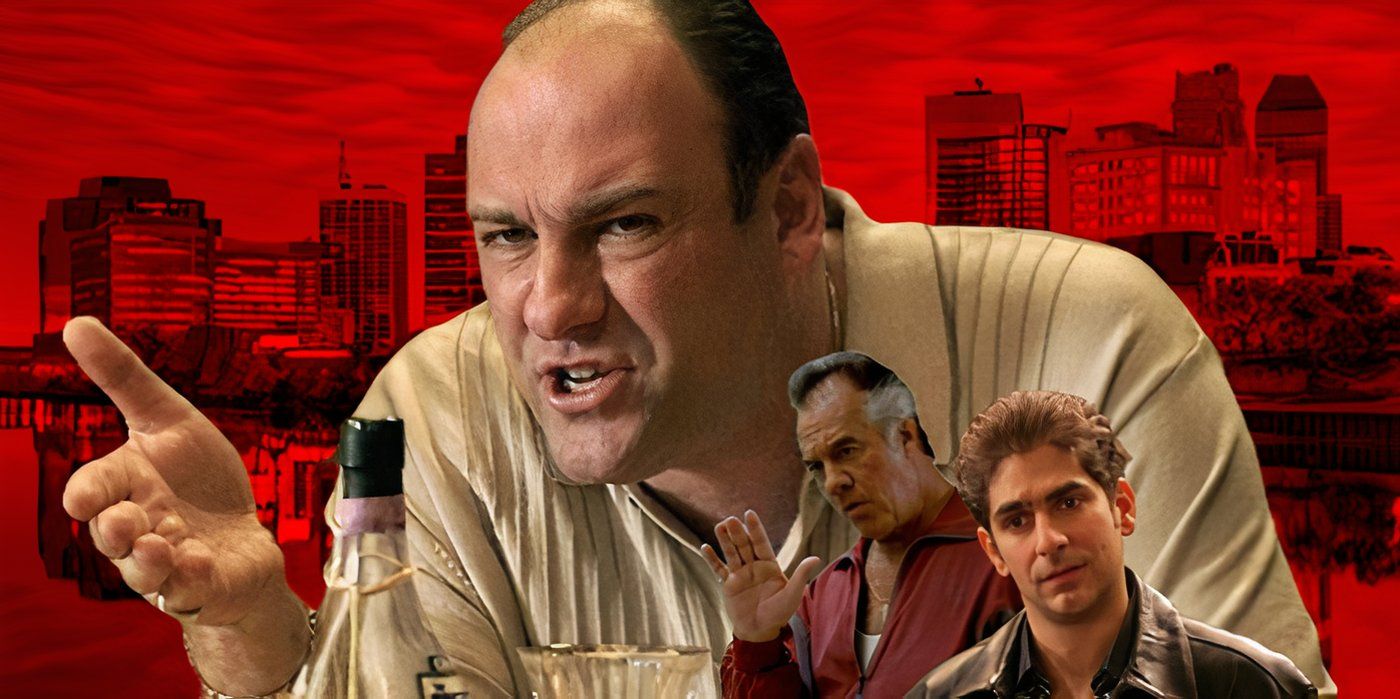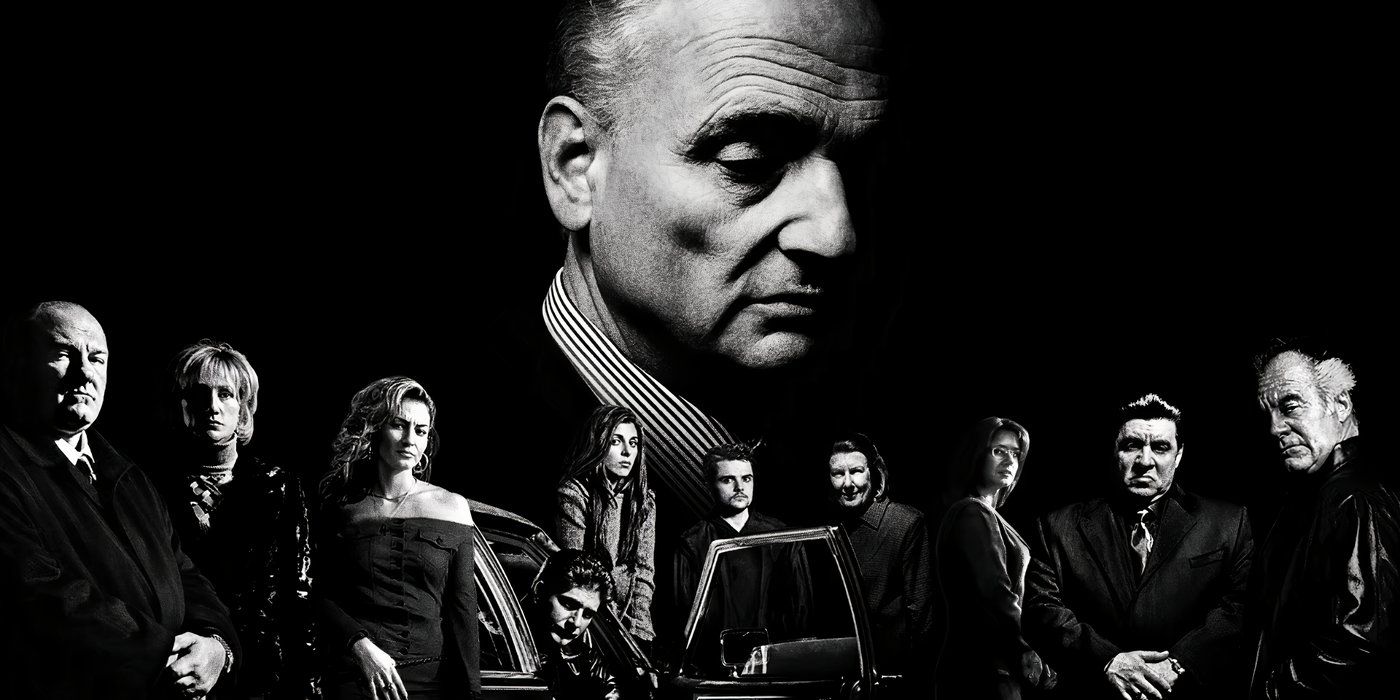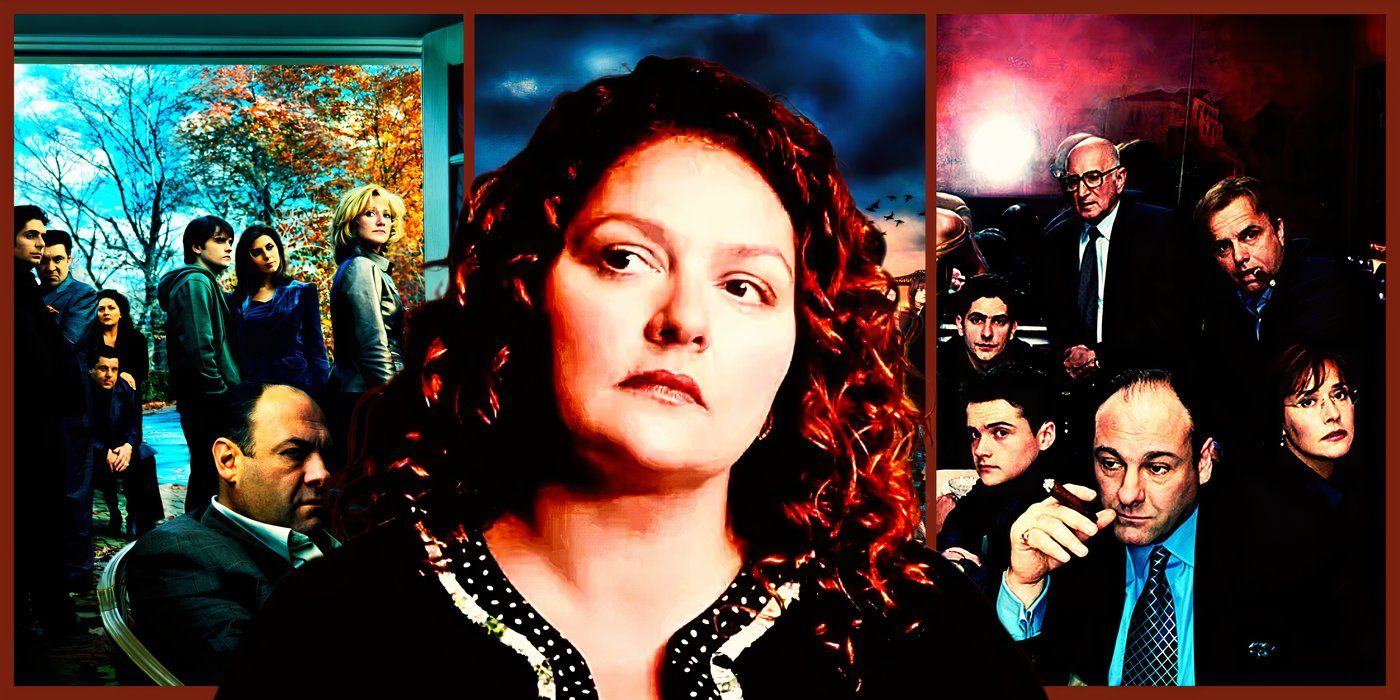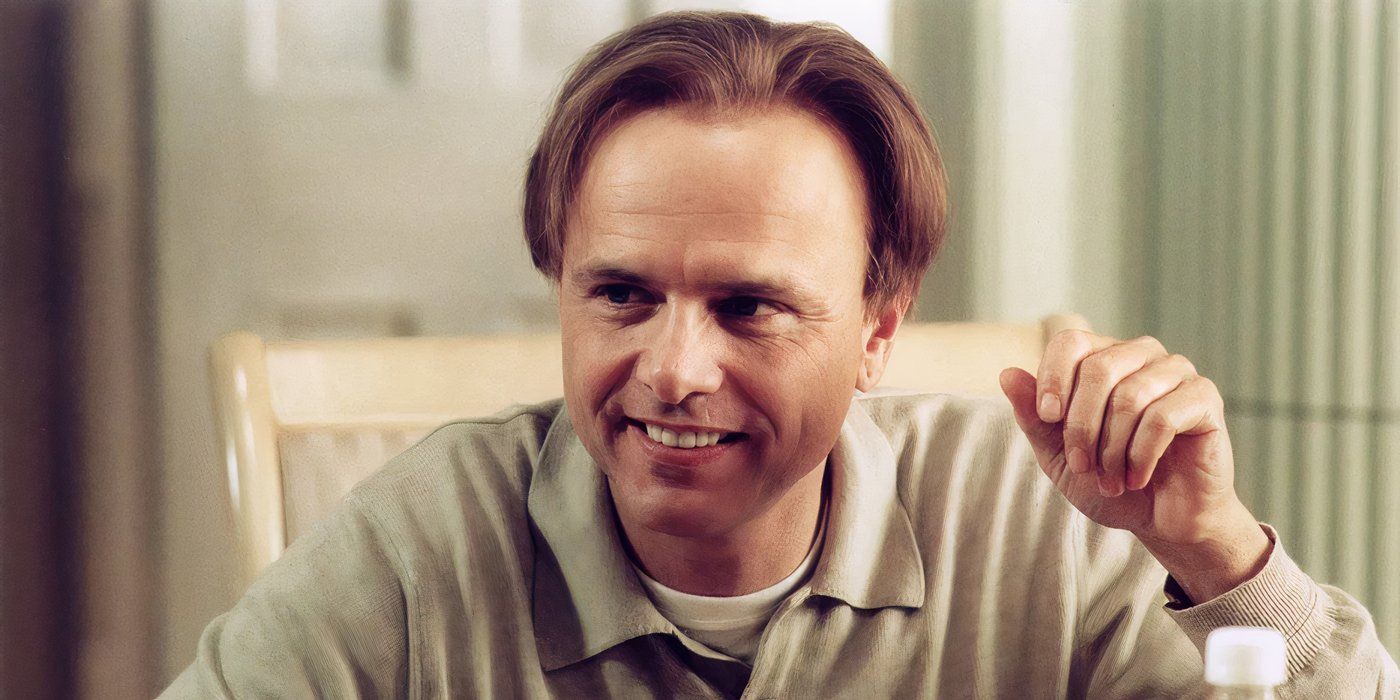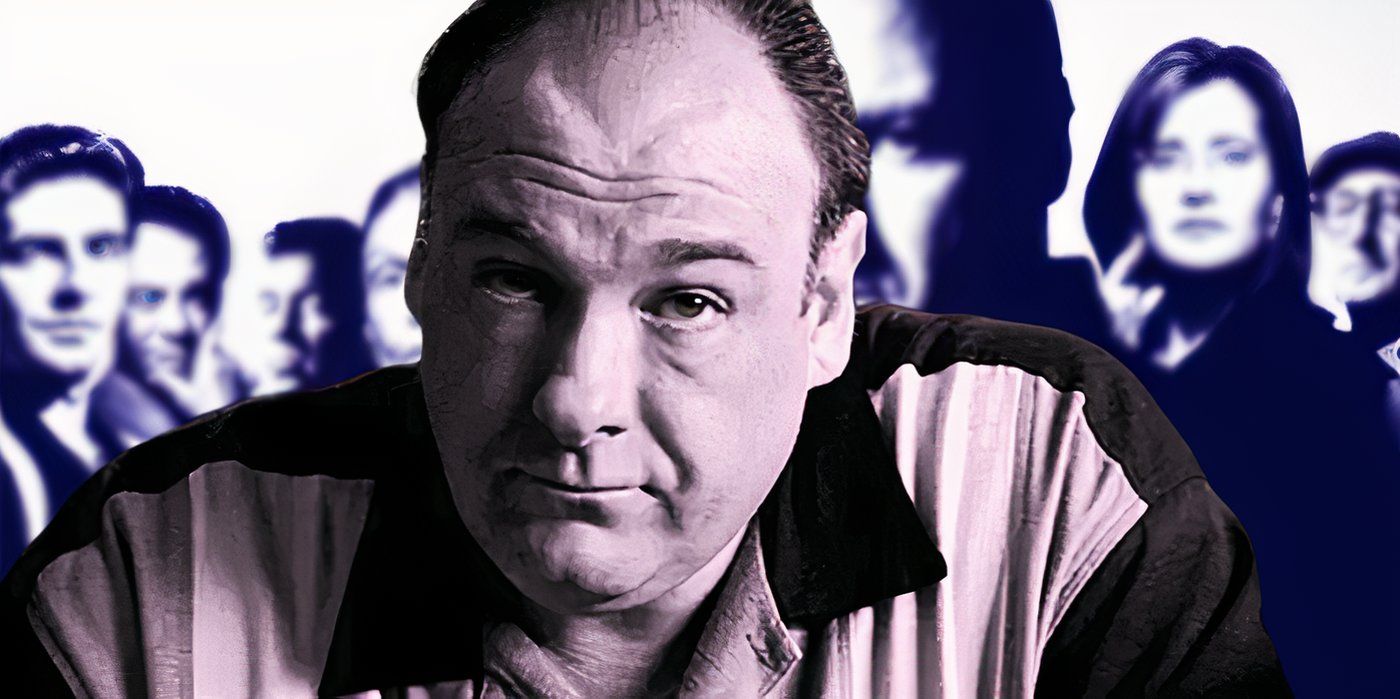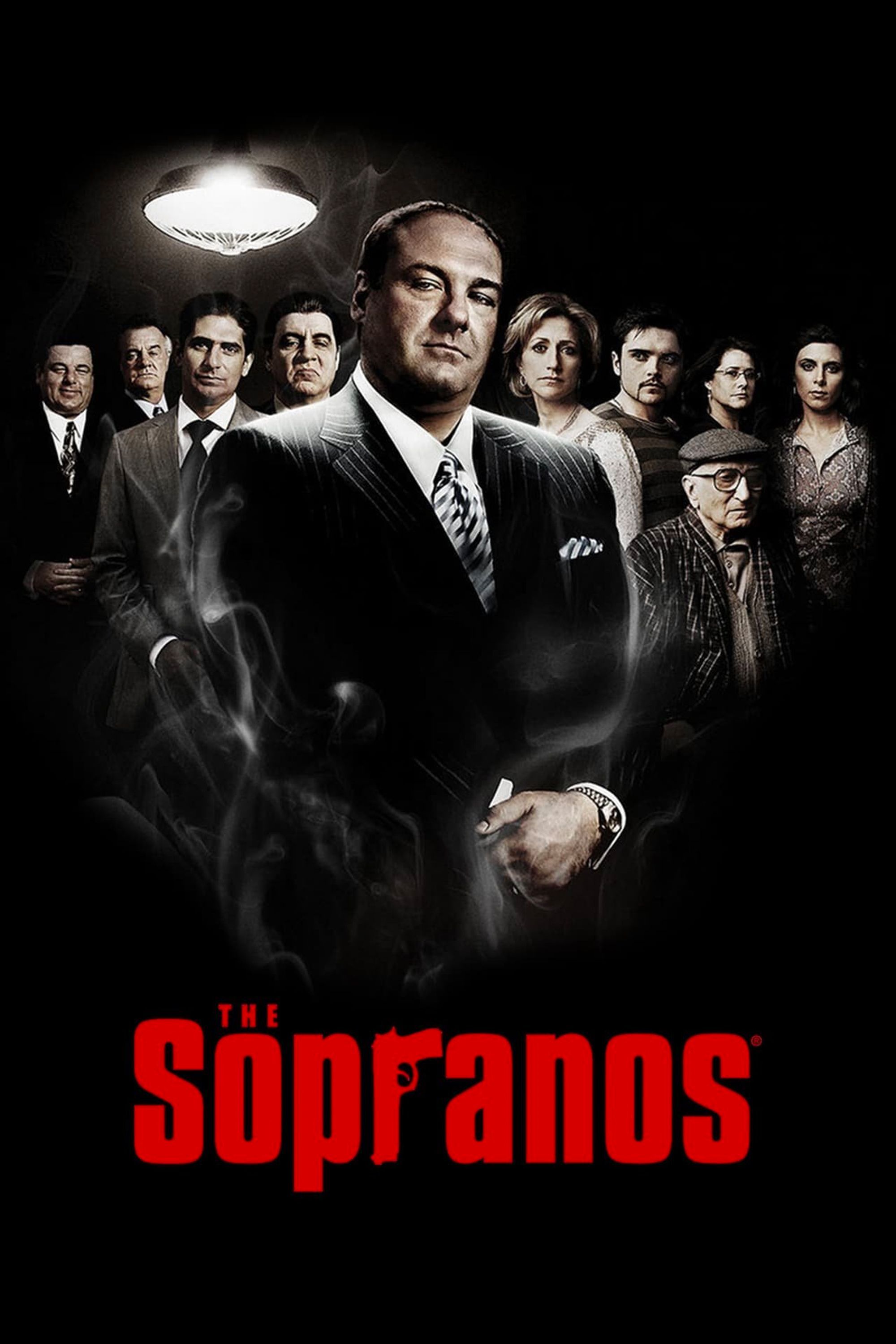CNN
—
Four days after Donald Trump’s inauguration, Elon Musk’s top lieutenants at the Treasury Department asked its acting secretary, a career civil servant, to immediately shut off all USAID payments using the department’s own ultra-sensitive payment processing system.
The ask was so out of line with how Treasury normally operates, it prompted a skeptical reply from David Lebryk, then serving as acting Treasury secretary, who said he did not believe “we have the legal authority to stop an authorized payment certified by an agency,” according to a source familiar with the exchange.
Lebryk suggested a “legally less risky approach” would be for the State Department, which oversees USAID, to rescind the payments itself and examine whether they complied with President Donald Trump’s Inauguration Day executive order freezing foreign development aid.
Tom Krause, a former tech executive and now the top DOGE staffer at Treasury, responded that Lebryk could have legal risk himself should he choose not to comply.
This back and forth over email, described to CNN by a source familiar with it, reveals the first known indication that Trump’s Department of Government Efficiency emissaries sought to use Treasury’s tools to block some payments, fulfilling the president’s political agenda.
The ensuing controversy set off a chain reaction around Washington this week, sparking a tense political debate and emergency court proceedings over DOGE’s access to the system and the administration’s potential interest in using it to turn off payments as it chooses.
The email exchange marked a direct collision between political appointees loyal to Musk and career civil servants at the Treasury Department.
Last Friday, Lebryk announced his sudden departure from government service, ending his more than 35-year career at Treasury.
Democratic senators on Capitol Hill have demanded answers, while unions and protesters voiced fears about Musk’s potential incursion into Americans’ private data.
The controversy has also drawn attention to a previously obscure office inside Treasury called the Bureau of the Fiscal Service, which processes more than a billion payments totaling more than a $5 trillion a year.
The payment system reliably distributes Americans’ tax returns, Social Security benefits, disability payments and federal employees’ salaries. It has historically been off-limits to political appointees but Musk and his allies appear bent on breaking that precedent. In fact, Krause and his top deputy traveled to Kansas City to visit the federal office that operates the payment systems for the BFS, an ask they made prior to Trump’s inauguration that was denied by career Treasury officials at the time.
The critical, if largely unknown, BFS payment system is just one of the government nerve centers across Washington that, in less than three weeks, Musk and his DOGE teams have sought to disrupt or gain access to, including those responsible for the federal government’s work force, real estate portfolio, computer systems, and records management, just to name a few.
“People underestimate how badly, and quickly, things could go if someone starts messing with things with multiple systems underpinned by technology that isn’t native to any engineer, no matter how brilliant,” said one former BFS career official.
In a letter to lawmakers, the Treasury Department said the access to the payment system granted to Krause and a deputy was restricted to “read-only” with the payments systems. Trump’s newly confirmed Treasury Secretary Scott Bessent delivered the same message in a private meeting with House Republicans on Monday.
But that level of access is dramatically different than what Krause and his DOGE associates had pressed Lebryk to grant in the email exchange — and came amid conflicting reports about whether the scope was more expansive than it was being conveyed.
“The hole here is what happened between the initial ask and Bessent’s sign-off,” said one source with knowledge of the events that led up to the email exchange. “Either the DOGE aspirations for what they wanted dramatically changed or the limitations they insist were placed on them aren’t the whole story.”
In an interview with Bloomberg TV Thursday, Bessent said there has been no “tinkering” with the payments system and that DOGE representatives have “read-only” access to the payments system.
Bessent also defended the work of DOGE personnel detailed to Treasury, saying they are “these are highly trained professionals. This is not some roving band running around doing things. This is methodical and it is going to yield big savings.”
None of the people at Treasury on the emails responded to inquiries from CNN this week.
There have been questions about how far Trump and Musk believe they can go in cutting back spending across the federal government, with Musk in recent days commenting gleefully about shutting down payments.
The emails also highlight how forceful the group from DOGE has been in sketching out a way to use the Treasury Department to control grant funding Trump and Musk oppose, especially from USAID toward developing foreign nations.
Any decision to turn off some payments via Treasury’s systems, especially to align with Trump’s political wishes, would be an unprecedented fiscal decision and pose a direct threat to Congress’ power of the purse by giving the president more control over which payments to make, or not.
That wasn’t the Trump delegates’ approach, however.
In a lengthy email late January 24, Daniel Katz, the chief of staff to Bessent, first wrote that the department should shut off outgoing USAID payments so the State Department could then assess if aid to foreign health care systems complied with Trump’s directives, according to the source familiar with the messages.
Katz wrote that “potentially problematic payments” out of line with the president’s orders should be paused en masse by the department.
Still, Katz was clear the new administration believed Treasury could make its own decisions.
A division of USAID that delivered money to health care systems in developing nations had already put in place a process to shut off some payments, Katz wrote, and the administration “would like to replicate” that at Treasury.
“What we would like to do is, to the extent permitted by law, temporarily pause the automatic processing of payment files,” from a USAID division called Health Systems Strengthening, Katz wrote.
Katz also wrote that Krause, Musk’s deputy at Treasury, should be given access to the payments system so he and his team could take action.
Some of the administration’s plan, Katz added, included immediately pausing all payment files still in the queue and letting Krause and others look at individual payments certified by USAID for the health care systems. The State Department could then look closer at the payments through USAID, Katz added.
The Health Systems Strengthening program at USAID has primarily funneled money into countries in Africa and Southeast Asia, as well as Indonesia, the Philippines, Guatemala and Haiti. The funds were aimed at building the countries’ health systems so they could improve care to prevent infants and mothers from dying in childbirth, control the spread of HIV and AIDS and other infectious diseases, among other projects.
In one project touted on the now-archived USAID website, the division funded an emergency room in Jordan.
Its distributions are now in a 90-day pause because of Trump’s executive order.
After Katz’s initial message two weeks ago, Lebryk was explicit that the Treasury Department shouldn’t do what DOGE proposed.
“There are also practical and personal liability issues that may come into play,” Lebryk wrote, copying a lawyer from the Treasury Department’s general counsel’s office.
But Krause, the special hire from DOGE sent to Treasury, was undeterred. “I would also recommend you consider an equal alternative liability,” he wrote to Lebryk.
“I believe we can all feel more comfortable that we hold payment at least to review the underlying payment requests from USAID now so that we can be given time to consult State,” Krause wrote, ending a middle-of-night email on Saturday, according to the source.
Frustrated with Katz and Krause’s messages, Lebryk left the department the following week, shortly after the confirmation of now-Secretary Bessent.
Initially, Bessent didn’t give Krause and DOGE any limitation on its access to the system, which Lebryk opposed, according to a source familiar with the exchange.
Yet before the weekend was over, the Treasury Department told senators in Capitol Hill that the access Krause and others had to the Bureau of the Fiscal Service systems was “read-only.”
A lawyer from the Justice Department representing Treasury reaffirmed that in court this week, telling a federal judge on Wednesday the civil litigators believed the DOGE affiliates at Treasury — Krause and one underling, Marko Elez, a Musk employee in his mid-20s — didn’t have the ability to make changes to the Treasury payments system.
The lawyers were still nailing down information about the access DOGE had to the system, however, the attorney, Brad Humphreys of DOJ’s civil division, told the judge in Washington, DC, on Wednesday.
By Wednesday night, the Trump administration had agreed only the two DOGE affiliates at Treasury, Krause and Elez, could have access to the payment system, outside of its traditional access within the department.
The court also could order that Krause’s and Elez’s access is “read only,” the Justice Department agreed.
The Kansas City BFS office provides payment services for more than 250 federal agencies and is the conduit for an extraordinary swath of critical individual payments including tax refunds, social security benefits, veterans pay, pension and education benefits.
While the payment system may not be the most well-known piece of federal infrastructure, its centrality to the operations of the US government and the lives of millions of Americans is unparalleled. It’s also among the most secure.
Access to the agency’s Secure Payment System, or SPS, is closely held and authorized only for individuals who “have a need to know the information in order to perform their official Fiscal Service duties,” according to a 2021 government privacy and civil liberties assessment of the payments infrastructure. The system maintains an audit log of all users and additional security capabilities that allow monitoring, identification and ability to locate users.
That’s all fed what have been weeks of growing concern over the Musk team’s intention: Privacy issues given the reams of personal data that flow the system. National security issues related to contracting and federal employee payments. There are also conflict of interest concerns given Musk’s own companies have received billions in government contracts in an exceedingly competitive space across multiple agencies.
“The idea that ‘read-only’… is supposed to make people feel better is not shared by people who’ve worked there or understand how the systems actually work,” the former BFS career official said.
There is little margin for error when it comes to how the US pays its own bills, something that will become an even higher stakes task as Congress and the White House circle another battle over raising the debt limit.
This story has been updated with new reporting
The emails show that Musk’s associates were particularly concerned about USAID’s spending on renewable energy projects, which they viewed as a threat to Musk’s own business interests in the energy sector. In one email, a member of Musk’s team wrote that they were “exploring options to disrupt USAID’s funding mechanisms” in order to “protect our market share and ensure that our technologies remain competitive.”
The revelation has sparked outrage among lawmakers and government officials, who have called for a full investigation into Musk’s ties to USAID and the potential misuse of government resources for personal gain. Critics have also raised concerns about the influence that wealthy individuals like Musk have over government agencies and the potential for abuse of power.
As the story continues to unfold, it remains to be seen what consequences Musk and his associates may face for their actions. Stay tuned for updates on this developing story.
Tags:
#Musk #associates #sought #critical #Treasury #payment #system #shut #USAID #spending #emails #show




